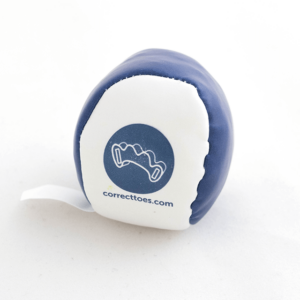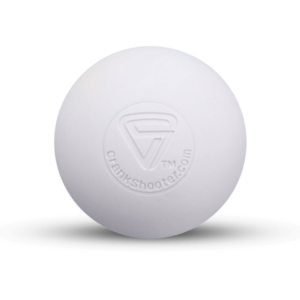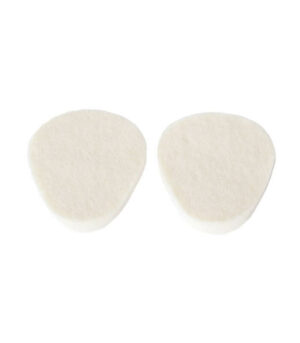Bunion
Foot Conditions and Problems
Bunion
Also known as Hallux Abducto Valgus, a bunion represents the inward movement of the big toe progressively dislocating off the end of the first metatarsal. The ‘bump’ of the bunion is not a growth of bone, but rather the exposed first metatarsal head, as the big toe points towards the 2nds toe.
Cause
Bunions are first and foremost shoe induced; babies are not born with bunions. This deformation slowly and progressively forms as the individual wears footwear with a tapered toe box. A common misconception is that bunions are hereditary, and while the bunion itself is not genetic, there are certain soft tissue principles that can impact bunion development within family lines. For example, genetic factors control foot width, as well as soft tissue flexibility and integrity, leading conventionally shaped footwear to have a greater impact on individuals with wider feet.
Signs and Symptoms
Bunions are an often painful condition that can lead to instability of the 1st ray and the medial longitudinal arch. Some of the most frequently experienced signs and symptoms associated with bunions, besides pain, include:
- Redness and/or callus formation around the bunion
- Numbness
- Bursitis
Recovery
Bunions often respond to conservative care measures and should always be treated by a qualified healthcare professional in a timely and appropriate manner. Conservative treatment for bunions usually involves the following:
- Aligning the toes with toe spacers for bunions like Correct Toes
- Performing range of motion exercises and tissue releases like the Bunion Stretch
- Wearing shoes that are flat, flexible and widest at the ends of the toes.















